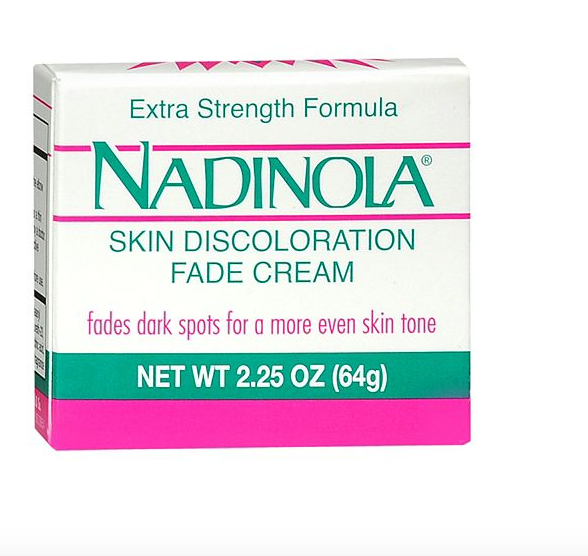


“I started bleaching my skin because, I had some acne scarring on my face and I wanted to even it out,” says Anita Clarke a young working professional living in Antigua. Clarke stressed that she never started the intensive skin lightening process known as bleaching in the Caribbean as a means to fit in but simply to clear up her complexion.
“I was not influenced by what’s going on in the media, I just did it to even out my skin tone,” says Clarke, but bleaching amongst most Caribbean’s has become more prevalent because of its presence in mainstream dancehall music.
The process known as “rubbing” in Jamaica and has been glamorized by now incarcerated dancehall artist Vybz Kartel. The singer promoted skin bleaching in his music and even has his own brand of bleaching soap called “cake soap”. Many Caribbeans bleach for their own personal reasons, however the younger generation does it for reasons connected to style and fashion. Most of them are taking the process to new extremes, inventing their own formulas with shocking ingredients.
“I do it because it’s just what everyone is doing down here (Jamaica), it’s a style thing and right now it’s in style,” says Javian Dockery, 24, a Jamaican who has been bleaching his skin for years. Dockery explains that in Jamaica “rubbing” is something that is stylish and shows that a person has money.
It is an expensive process, where many different harmful products are mixed together. Caribbeans young and old on the island have come up with their own formulas for achieving a lighter complexion by mixing together an upwards of four to six different solutions, some even dare to add actual bleach. The mixtures include anything from Nadinola, Ambi, Dermaplus, and African formula skin lightening cream; all of these are bleaching solutions, which contain highly reactive chemicals that should never be combined.
In a documentary by All Angles “Skin Bleaching in Jamaica”, reporter Dionne Jackson Miller goes into the city of Kingston to talk to Jamaicans who openly bleach. One young woman takes her through the process of bleaching the skin. She mixes together eight different products in a jar, applies it to the skin, then wraps the body in saran wrap, and finally puts on multiple layers of clothing. The process can cost an upwards of $3,000 JMD (Jamaican dollars) per week.
“The skin doesn’t react well with toxins”, says George Brown nursing student Katherine Azucena. She says that bleaching/ skin whitening can affect the body internally because of what is being done to the top layer of skin. Mercury is an active ingredient in some skin whiteners. Its presence in skin whiteners makes the process of bleaching very risky because in some cases it can lead to mercury poisoning.
Those without the funds to afford bleaching products come up with creative and dangerous ways of achieving a lighter skin tone. One woman in the All Angles documentary flippantly talks about mixing together curry powder and toothpaste to lighten her face.
“To me it’s a style and people are comfortable with style no mater what the cost or health risk,” says Javian Dockery. He goes on to say it’s not something that will end anytime soon, as long as people have the money and resources to do it.







